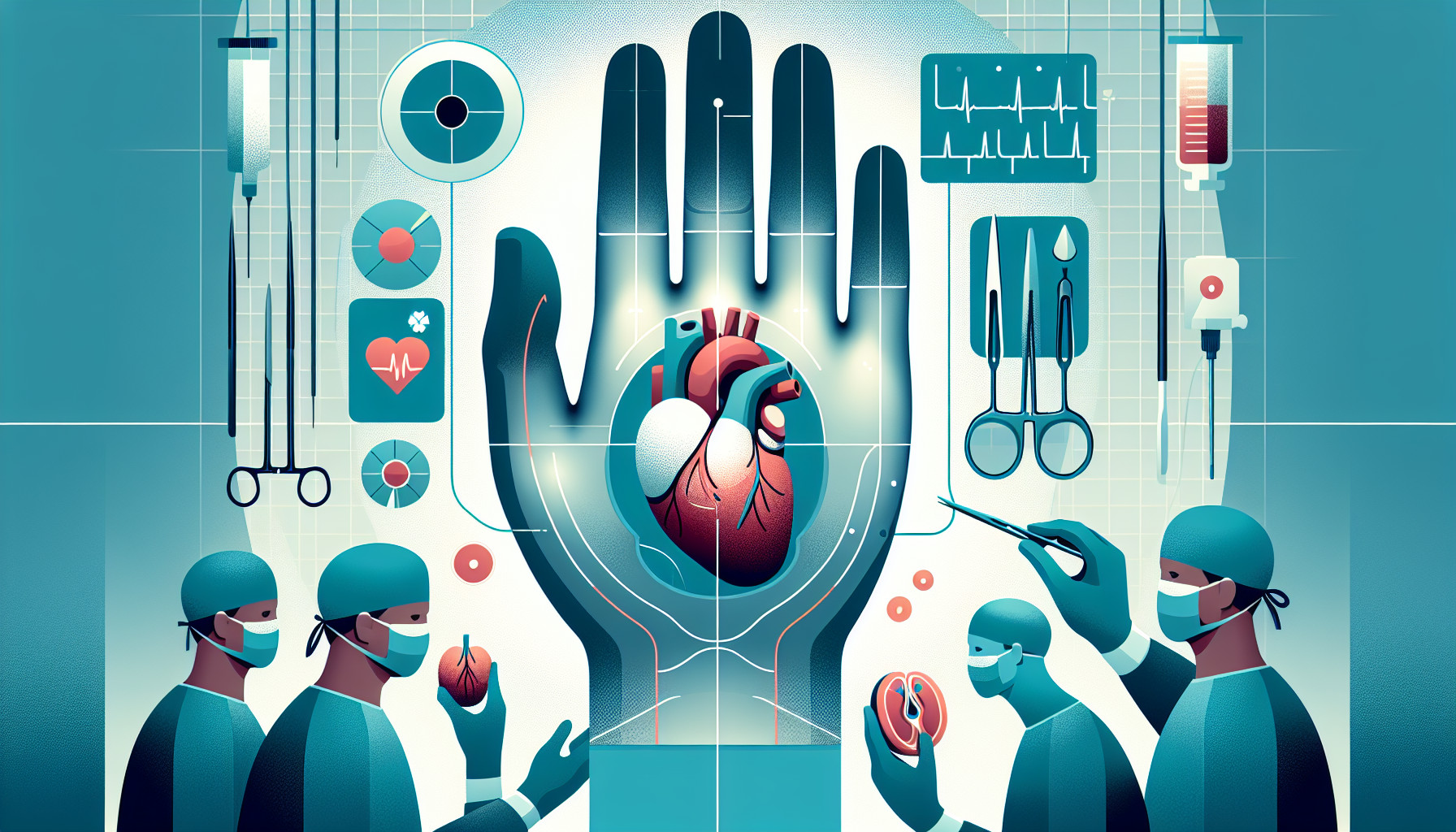Our Summary
The research paper discusses the process of hand rejuvenation using one’s own fat, a method which has gained popularity since its introduction in the 1980s. This technique is preferred over dermal fillers due to several advantages such as being more compatible with the body, easy availability, improved blood supply, and lasting results. The authors share their method of fat grafting to the hand, which involves a single small cut and a massage technique. They recommend this procedure for patients whose hands show moderate to significant signs of aging. The long-term effects include an improved skin texture and appearance, and the disappearance of visible veins on the surface of the skin.
FAQs
- What are the benefits of using autologous fat for hand rejuvenation over dermal fillers?
- What is the technique described by the authors for fat grafting to the hand?
- What are the long-term results observed in hand rejuvenation with autologous fat grafting?
Doctor’s Tip
A doctor might tell a patient considering a hand transplant to carefully consider the risks and benefits, including the possibility of rejection and the need for lifelong immunosuppressant medication. They may also advise the patient to closely follow post-operative care instructions to ensure the best possible outcome.
Suitable For
Patients who are typically recommended for hand transplant surgery are those who have suffered severe trauma or injury to their hands, resulting in significant functional impairment. This may include patients who have lost one or both hands due to accidents, burns, or congenital abnormalities. Hand transplant surgery may also be recommended for patients with certain medical conditions, such as brachial plexus injuries or severe arthritis, that have severely affected the function of their hands. Additionally, patients who have undergone failed reconstructive surgeries or have exhausted other treatment options may be considered for hand transplant surgery.
Timeline
Before hand transplant:
- Patient is evaluated by a multidisciplinary team of surgeons, psychologists, and other specialists to determine if they are a suitable candidate for a hand transplant.
- Patient undergoes extensive physical and psychological evaluations to assess their overall health and readiness for the procedure.
- Patient may undergo physical therapy and rehabilitation to strengthen their muscles and prepare for the transplant surgery.
- Patient is placed on a waiting list for a suitable donor hand.
After hand transplant:
- Patient undergoes the hand transplant surgery, which can take several hours to complete.
- Patient is closely monitored in the hospital for any signs of rejection or complications.
- Patient undergoes extensive physical therapy and rehabilitation to regain function and mobility in the transplanted hand.
- Patient may need to take immunosuppressant medications for the rest of their life to prevent rejection of the transplanted hand.
- Patient continues to be monitored regularly by their medical team to ensure the long-term success of the hand transplant.
What to Ask Your Doctor
- What are the potential risks and complications associated with hand transplant surgery?
- How long is the recovery process and what can I expect during the recovery period?
- What type of rehabilitation and physical therapy will be needed after the surgery?
- How long do hand transplants typically last and what are the long-term outcomes?
- Will I need to take immunosuppressant medications after the surgery? If so, what are the potential side effects of these medications?
- How will the hand transplant impact my daily activities and quality of life?
- Are there any specific lifestyle changes or precautions I should take after the hand transplant surgery?
- What is the success rate of hand transplant surgeries performed at this facility?
- Are there any alternative treatments or procedures that may be more suitable for my specific condition?
- Can you provide me with information on support groups or resources for individuals who have undergone hand transplant surgery?
Reference
Authors: Rohrich RJ, Abraham JT. Journal: Plast Reconstr Surg. 2023 Apr 1;151(4):614e-617e. doi: 10.1097/PRS.0000000000009996. Epub 2022 Dec 6. PMID: 36729928
